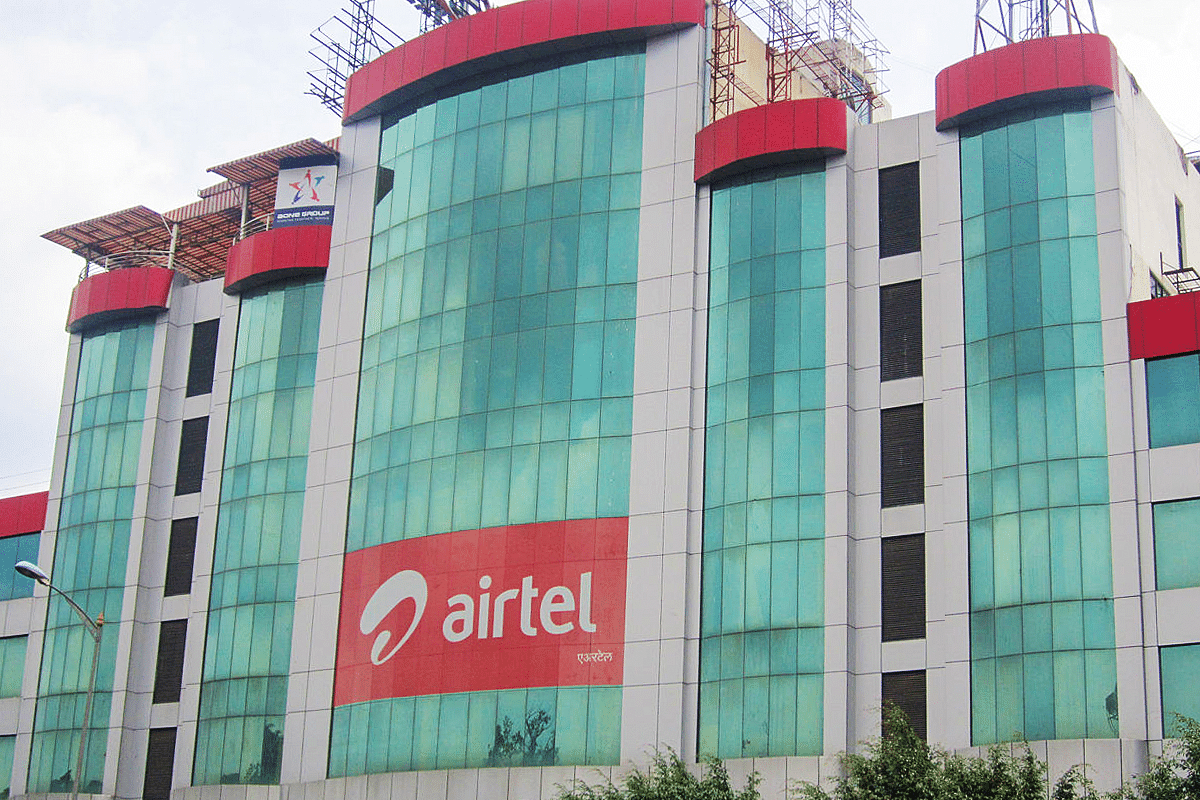News Brief
Why Is Airtel Leading Telecom Tariff Hikes?
- Bharti Airtel has raised its plans’ tariffs anywhere between 20-25 per cent for multiple plans, which will come into effect on 26 November.
- In July, the company had raised tariffs for some plans by 50 per cent.

Bharti Airtel
Bharti Airtel has been leading the tariff raises as it looks to create a financially healthy business model. The company raised its plans’ tariffs anywhere between 20-25 per cent for multiple plans. The revised plan tariffs come into effect on 26 November.
Airtel has been at the forefront of rate increases for some time. The company had led tariff raises in July as well, where it raised tariffs for some plans by 50 per cent. Telecom companies had begun raising tariffs in December 2019, three years after Jio’s entry.
Focus on ARPUs
The telecom giant said that increasing the average revenue per user (ARPU) to Rs 200, and then to Rs 300 would allow it to generate the necessary return on capital. ARPU is a key performance indicator in the telecom space – a higher ARPU indicates higher spending by users on the telecom service.
ARPUs had collapsed following the launch of Jio. Nevertheless, the ARPU numbers have shown a steady upward trend. In September 2018, the company had an ARPU of Rs 101, which gradually increased to around Rs 145 in the March 2021 quarter.
Though ARPUs have risen, Airtel is looking to increase profitability as the telecom industry looks to build 5G infrastructure. The company believes that ARPUs of around Rs 300 would allow it to comfortably build a war-chest.
“We also believe that this level of ARPU will enable the substantial investments required in networks and spectrum. Even more important, this will give Airtel the elbow room to roll out 5G in India,” said the exchange filing.
Given the possible high auction prices of the 5G spectrum, it is necessary for Airtel to strengthen its finances.
Just two weeks back, Airtel CEO Gopal Vittal had discussed the ARPU issue and indicated the need for a price hike. The company had reported profits of Rs 1,134 crore in the September quarter for the current fiscal.
The telecom industry has been struggling since the launch of Jio in 2016. Jio brought in the idea of cheaper data, along with bundled packs allowing users to receive several services with their packages.
Consequently, the entire industry faced low ARPUs and high customer attrition, even as the companies struggled with large debts. Nevertheless, the sector consolidated into a “three plus one” structure as stronger companies merged with or acquired weaker ones. The companies in the space currently are Vodafone-Idea, Jio, Airtel and state-run BSNL.
Jio Still a Threat?
Airtel also faces another risk – the migration of its 2G customers to Jio. A large percentage of Airtel’s customers are still on the 2G network, due to the high upfront expense of moving to a 4G network.
Nevertheless, it is expected that this class of users will migrate to Airtel over time. Along with Google, Jio is looking to manufacture low cost 4G phones that it wants to sell to this audience, allowing them to migrate to 4G at a low cost.
However, in the past, Jio’s 4G feature phone was unable to shake up the market. Hence the chances of a smartphone disrupting the markets remain dicey.
AGR Relief
The adjusted gross revenue dues have been a major point of contention between telecom incumbents and the government. The government had announced telecom reforms that allowed telecom companies to pay AGR dues over a longer period of time. The deferred payment options give companies like Vodafone Idea some breathing space. These companies can now free up cash flows to invest in new projects as well.
Building a Digital Ecosystem
While the company has been working on building digital assets, currently, these assets contribute to around Rs 100 crore of revenues. The company is expecting to scale these revenues to Rs 1,000 crore over the next few years. Digital assets have been a major point of interest for telecom companies, as it helps them create an ecosystem for the users. Jio and Airtel have been investing in digital assets to offer a better experience to their users.
The company requires a certain level of profitability to be able to have enough free cash flows to invest in new projects. For instance, FY21 saw Airtel spend Rs 24,169 crore on capital expenditures – almost 25 per cent of its consolidated revenue for the year. While Jio Platforms had raised Rs 1.18 lakh crore in the previous year, companies such as Airtel and Vodafone-Idea are yet to launch such large-scale fundraising programs, making them dependent on price hikes.
So far, despite the price hikes, Airtel has not seen a significant rise in customer attrition. According to experts, the remaining telecom players are likely to follow Airtel’s example and ramp up prices as well.
Introducing ElectionsHQ + 50 Ground Reports Project
The 2024 elections might seem easy to guess, but there are some important questions that shouldn't be missed.
Do freebies still sway voters? Do people prioritise infrastructure when voting? How will Punjab vote?
The answers to these questions provide great insights into where we, as a country, are headed in the years to come.
Swarajya is starting a project with an aim to do 50 solid ground stories and a smart commentary service on WhatsApp, a one-of-a-kind. We'd love your support during this election season.
Click below to contribute.
Latest